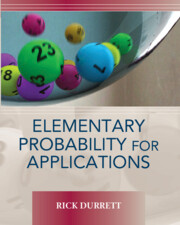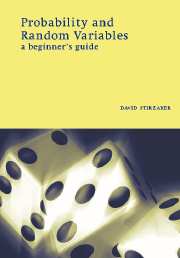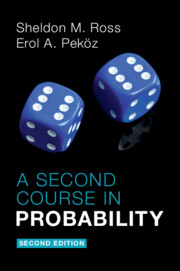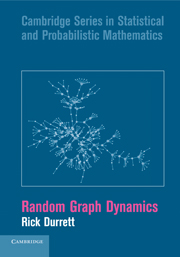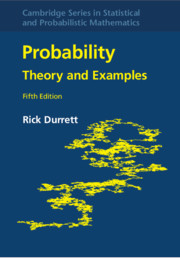Elementary Probability for Applications
This clear and lively introduction to probability theory concentrates on the results that are the most useful for applications, including combinatorial probability and Markov chains. Concise and focused, it is designed for a one-semester introductory course in probability for students who have some familiarity with basic calculus. Reflecting the author's philosophy that the best way to learn probability is to see it in action, there are more than 350 problems and 200 examples. The examples contain all the old standards such as the birthday problem and Monty Hall, but also include a number of applications not found in other books, from areas as broad ranging as genetics, sports, finance, and inventory management.
- Over 350 exercises and 200 examples
- Can be used by students who do not know much calculus
- Covers Markov chains
Reviews & endorsements
'The book has a nice interplay between probability modeling and scientific applications, whether from biology, sports, or discussions of China's one-child policy. Many of the examples are thought provoking, including ones on DNA samples for paternity cases and others about the O. J. Simpson trial. As an instructor, I enjoy digging into these examples in class. And the large selection of interesting problems builds basic skills and deepens or extends the main ideas.' Professor Michael Phelan, University of California, Irvine
Product details
October 2009Hardback
9780521867566
254 pages
255 × 195 × 18 mm
0.66kg
55 b/w illus. 80 tables 355 exercises
Available
Table of Contents
- 1. Basic concepts
- 2. Combinatorial probability
- 3. Conditional probability
- 4. Markov chains
- 5. Continuous distributions
- 6. Limit theorems
- 7. Option pricing.

